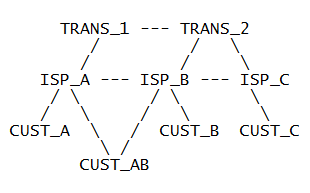Ultra Ethernet: Completion Queue
Completion Queue Creation (fi_cq_open)
Phase 1: Application – Request & Definition
The purpose of this phase is to define the queue where operation completions will be reported. Completion queues are used to report the completion of operations submitted to endpoints, such as data transfers, RMA accesses, or remote write requests. By preparing a struct fi_cq_attr, the application describes exactly what it needs, so the provider can allocate a CQ that meets its requirements.
Example API Call:
struct fi_cq_attr cq_attr = {
.size = 2048,
.format = FI_CQ_FORMAT_DATA,
.wait_obj = FI_WAIT_FD,
.flags = FI_WRITE | FI_REMOTE_WRITE | FI_RMA,
.data_size = 64
};
struct fid_cq *cq;
int ret = fi_cq_open(domain, &cq_attr, &cq, NULL);
Explanation of fields:
.size = 2048: The CQ can hold up to 2048 completions. This determines how many completed operations can be buffered before the application consumes them.
.format = FI_CQ_FORMAT_DATA: This setting determines the level of detail included in each completion entry. With FI_CQ_FORMAT_DATA, the CQ entries contain information about the operation, such as the buffer pointer, the length of data, and optional completion data. If the application uses tagged messaging, choosing FI_CQ_FORMAT_TAGGED expands the entries to Continue reading

